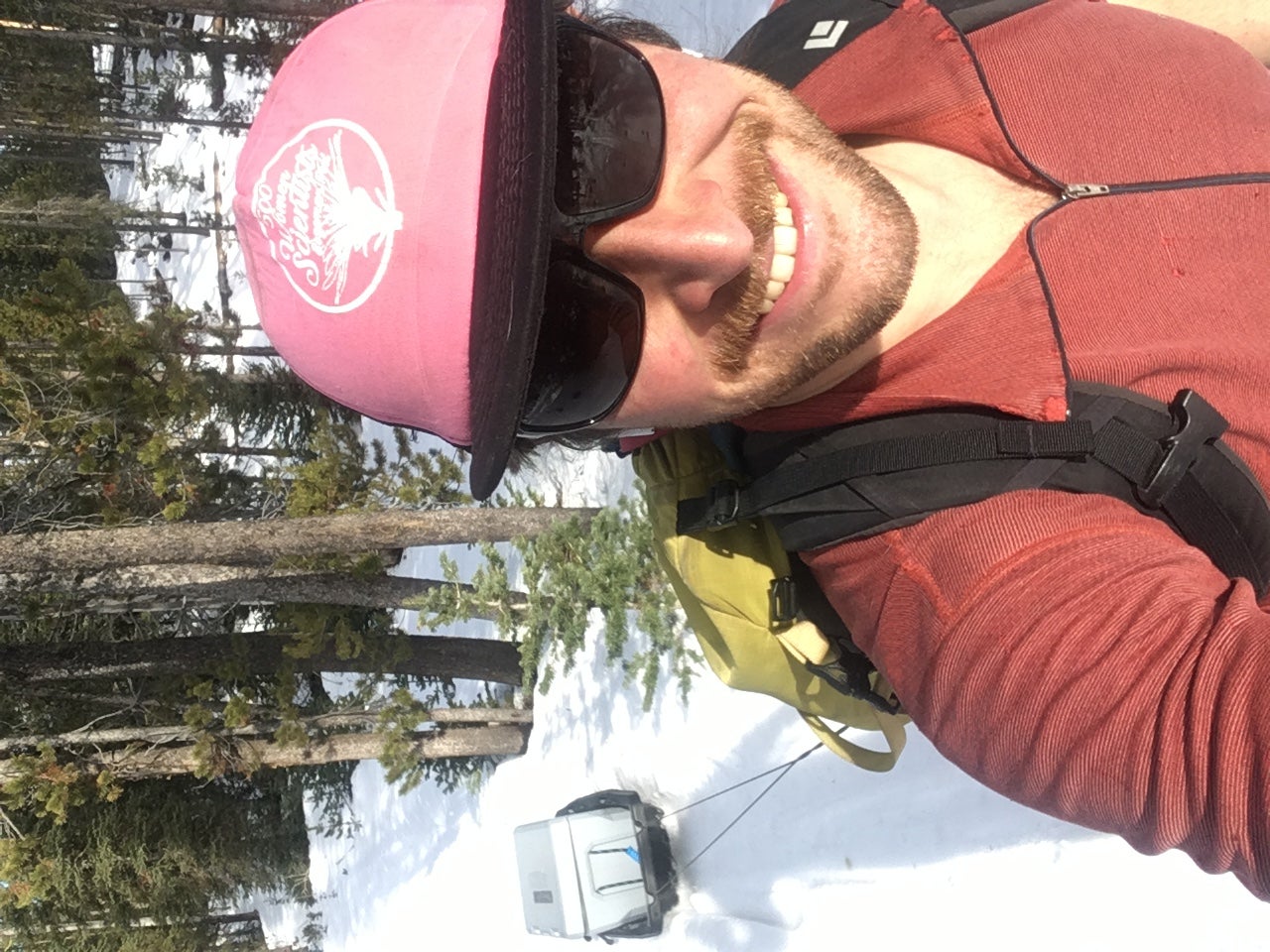
Doctoral geophysics student Zach Keskinen deployed specialized microphones near Stanley, Idaho to understand how sensors buried in the snowpack affect the character of recorded sounds. When he installed the instruments in December 2021 he had no idea that a month later they would pick up the inaudible low frequency sounds generated by a massive volcanic eruption of Hunga Tonga in the Southwest Pacific. This underwater volcano, located in the island nation of Tonga, erupted explosively on Jan. 15th and made global news. The eruption was particularly intense, and particularly ‘loud’, due to magma interacting with sea water.
Listen to Boise State’s recording of the Hunga Tonga eruption

The massive explosion generated both ocean waves, known as tsunamis, and atmospheric waves, including sound waves and oscillations in the atmosphere known as gravity waves. These radiated outward, reaching more than 100 km in to the atmosphere and traveling outwards at a speed approximately twice as fast as a jet liner. Eight hours after the explosion the sounds reached Idaho, one quarter of the way around the globe and 10,000 km away. The first barrage of sound detected by Zach’s instruments lasted for more than six hours. Nearly 24 hours after the explosion the sounds again reached Idaho, this time having traveled the long way around the globe: 30,000 km. Incredibly, the intense sounds continued to propagate around the globe circumnavigating and returning to Idaho more than one day after the explosion.
“The piece that most struck me was the comparison between the power of this eruption to the local events we capture on the array,” Keskinen said.”Specifically, we capture a lot of local avalanche signatures and it was amazing to see how much this eruption, even after traveling around the world, stood out relative to those pretty impressive avalanches in the surrounding few kilometers.”
The pressure oscillations recorded in Idaho were intense, but inaudible, which is to say they were low frequency below the threshold of human hearing. Zach’s sensors, built in Boise State’s infrasound lab (which is co-operated by professors Jeffrey Johnson and Jacob Anderson) detected peak pressures of more than 10 Pa, which would have been perceived as more than 100 decibels had it been in the audible frequency band. These amplitudes suggest that the Hunga Tonga 2022 eruption produced the world’s most intense sounds in 139 years. The record holder goes to Krakatau Volcano (in Indonesia), which shook the world with an even louder blast in 1883.

Although the Idaho sounds were inaudible a sensory experience of the Hunga Tonga sounds can be perceived with some digital signal processing trickery. The link provided above shows three days of low-frequency sounds that are sped up by a factor of 10,000 so that the record becomes 26 seconds. Pressure oscillations of 0.01 Hz are then made audible at 100 Hz and the various airwaves propagating both directly and the long way around the globe are made audible.
About this Research
This Boise State research is made possible through research support from the US Army Cold Regions Research and Engineering Lab and from the Transportation Avalanche Research Pool (TARP).